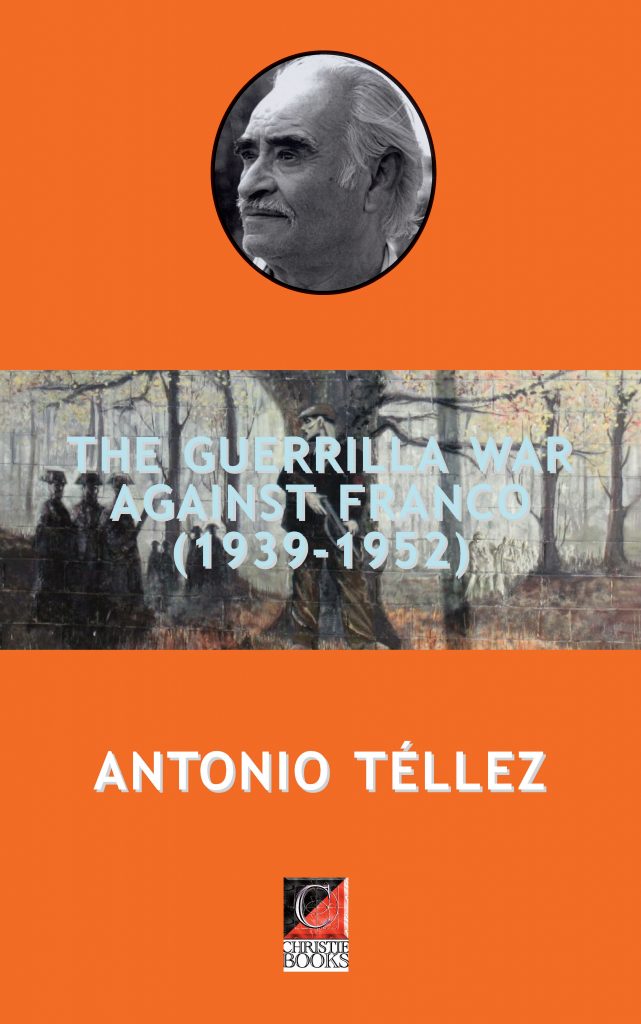 THE GUERRILLA WAR AGAINST FRANCO (1939-1952) by Antonio Téllez. Translated by Paul Sharkey. eBook £1.50/€2.00 (see eBookshelf) Also available from Kobo and Kindle
THE GUERRILLA WAR AGAINST FRANCO (1939-1952) by Antonio Téllez. Translated by Paul Sharkey. eBook £1.50/€2.00 (see eBookshelf) Also available from Kobo and Kindle
The guerrilla struggle against Francoism arose in the days following the army revolt against the Spanish Republic on 18 July 1936. In areas which fell immediately to the mutinous army the principal leader of which was Lieutenant-General José Sanjurjo y Sacanell (then a refugee in Portugal) with General Emilio Mola Vidal (relieved by the Popular Front government of his post as general-in-chief of the Armed Forces in Morocco and appointed Army Commander in Navarre instead) as its organiser, a bloody repression was promptly set in motion and this obliged many antifascists to take to the hills to save their skins.
This business of fleeing into the hills for survival’s sake was repeated over nearly three years of civil war in the areas conquered one after another, by the Francoist army and it extended to virtually the entirety of the Peninsula after the Republican troops surrendered in the Centre-Levante zone on 31 March 1939.
How the armed struggle against Francoism developed varied greatly from region to region. In Galicia and in part of Leon, as well as in Andalusia and Extremadura, the guerrilla movement sprang from the so-called huidos (runaways), the some 30,000 men and women who provided the backbone of the subsequent guerrilla campaign that was very different from the experience in Levante, Aragon and Catalonia from 1944 onwards. In these latter areas, there were virtually no huidos.
Very little has been written about the scale of the armed struggle against Franco following the civil war It was and is still known to few. A thick blanket of silence has been drawn over the fighters, for a variety of reasons that we shall briefly enumerate.





Sorry, the comment form is closed at this time.